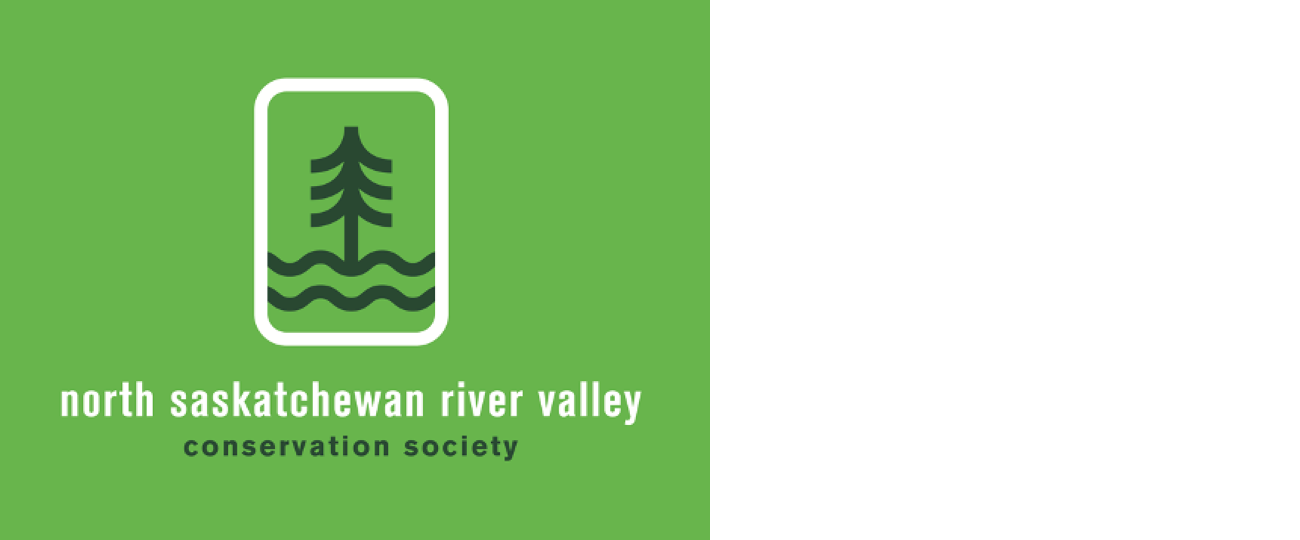Mayor Sohi wears his superhero cape to talk about zoning
The Builders is a one-of-a-kind superhero comic book inspired by the imaginations of students across Edmonton. As part of the Zoning Bylaw Renewal Initiative, the City engaged with youth from grades one through six, inviting them to view their city through the eyes of a superhero and consider where they would live, work and play, to inspire the comic book’s plot.
NSRVCS is concerned the proposed revised zoning bylaw introduces a simplified and streamlined process for any decisions on developments in river valley and ravine lands, potentially both removing protection considerations and potential need for consultation.
Consequently, we recommend there be no decisions on any rezoning of the River Valley and Ravine System until the Ribbon of Green planning process has been completed. Until that time, the current zoning should be maintained and applied.
NSRVCS is also concerned the proposed New Zoning Bylaw makes no reference to the need to incorporate Edmonton Metropolitan Region Growth Plan principle “7. Protect natural living systems and environmental assets. We will practice wise environmental stewardship and promote the health of the regional ecosystem, watersheds, and environmentally sensitive areas.”
The Builders comic book is at https://www.edmonton.ca/sites/default/files/public-files/assets/PDF/The-Builders.pdf
Prairie Buttercup one of the first flowers to bloom
One of the first flowers to bloom in April, the Prairie Buttercup is a low-growing perennial. Look for tiny shining buttercups peeking out from under the dead grass. It prefers dry sandy prairies and open woods.
It sets a single, 5-8-petaled, yellow flower from the axils of the upper leaves at the end of a hairy stalk. Flowers are usually a third-inch to half-inch across. Most plants have three to twelve flowers. Prairie Buttercup also produces a fruit from the flower center. Stalks can grow to a final height of ten inches.
Prairie Buttercup is useful in rock gardens as it prefers dry, rocky conditions. Pollinators and insects enjoy this plant for its nectar, and many birds and small mammals eat the seeds. This plant can be found in the native plant garden at the John Janzen Nature Centre https://www.facebook.com/yegnature/
History of Laurier and Buena Vista Parks
The stories of how Laurier and Buena Vista Parks came into being spans a period from the end of the fur trade era to the present. The land on which they are located was originally the home of Indigenous Peoples, specifically the River Cree. Though the fur trade was essentially over when settlement began, a new resource drew fortune seekers.
In 1862, over 170 gold seekers known as overlanders (in contrast to those who took maritime routes) passed through Edmonton in July. While the majority were heading to BC, about 60 stayed in Edmonton to pan for gold along the river. The transition from gold seekers to residents happened in the next 10 to 15 years.
The signing of Treaty 6 in 1876 enabled gold seekers and others to file for homesteads. On the Miner’s Flats, now Buena Vista and Laurier parks, three gold-seekers and friends claimed land: Gilbert John Anderson, Thomas Charles Stephenson, and James Gibbons.
In 1873 Gibbons married Mary Isabel Anderson, a stepdaughter of Gilbert Anderson. With the help of his wife, who was Métis, he made several trips to Winnipeg to bring back trade goods. Gilbert Anderson, who grew up among Cree relatives in the Enoch band, inherited his name from a Métis great-grandfather who was an HBC employee; but he was also great-grandson of Chief Michel Callihoo.
The last of the three friends to file for a homestead, in 1885, was Stephenson. His witnesses were his friends and neighbours James Gibbons and Gilbert Anderson. Stephenson was born in England in 1838 and died in 1923 in Edmonton and is buried in the municipal cemetery.
These words are by Adriana A. Davies and the artwork, titled Outing in Laurier Park 1913, is by Marlena Wyman, who are Artists-in-Residence at Yorath House. More words and art at https://yegarts.tumblr.com/post/677459133706928128/yorath-house-artist-residency-blog-post
Gray Catbird able to mimic other birds
Gray Catbirds can be found in all provinces. They migrate south to the southeastern United States and eastern portions of Mexico and Central America as well as the Caribbean.
They eat a variety of insects including ants, grasshoppers, beetles, caterpillars, and moths. They also feed on small fruit like wild grapes, rosehips as well as berries from bushes such as dogwoods, elderberries, and viburnums.
Gray Catbirds nest and feed in dense shrubby areas in gardens, woods, and hedgerows along farm fields. They belong to the family Mimidae which includes thrashers and mockingbirds. These birds are all able to mimic other birds, incorporating those sounds into their own variable song.
While Gray Catbirds are not listed as a species at risk, you can help keep it that way by growing shrubs and trees for both nesting and providing food. Canadian native species include dogwoods, junipers, serviceberries, elderberries, wild roses, cherries, and Mountain Ash. More information at https://www.allaboutbirds.org/guide/Gray_Catbird/overview
Thank You
Sharon emails “Thank you for your most informative reports about our river valley. I enjoy reading the updates and support the causes you advocate for. Keep up the great work!”
A postcard showing a panoramic view with the completed High Level Bridge and Alberta Legislature, 1917-1918, Glenbow Archives
Comment or contribution
If you have a comment, concern, or question, contact us at nsrivervalley@gmail.com Please also email us river valley photos or event information. Your friends, neighbours and colleagues can sign up for this newsletter on our web site https://www.edmontonrivervalley.org/
Sincerely yours,
Harvey Voogd
North Saskatchewan River Valley Conservation Society
780.691.1712


















